PhotoVoice: Using Technology to Impact Student Learning and Assessment
Faculty Focus
APRIL 4, 2023
We’ve done the same thing in the context of higher education. We’ve done the same thing in the context of higher education. As a faculty member, I often hear the blatant dismissal of students and their preoccupation with technology. Students are always on their phones. Many struggle to actively pay attention.








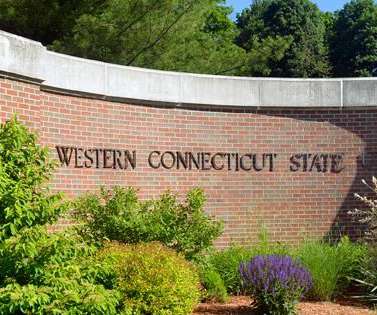


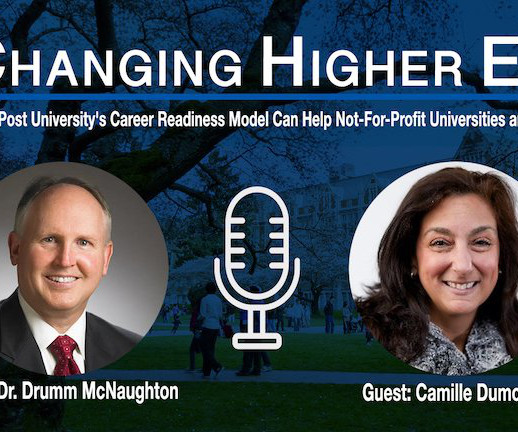
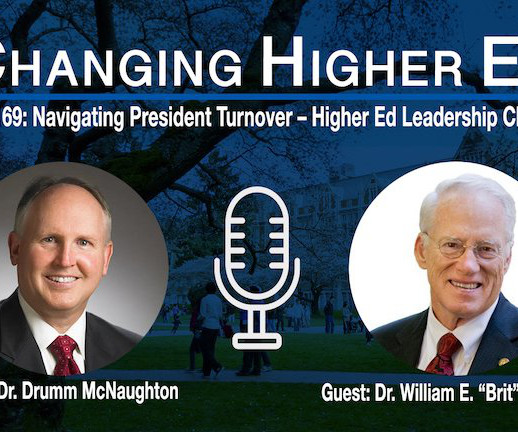
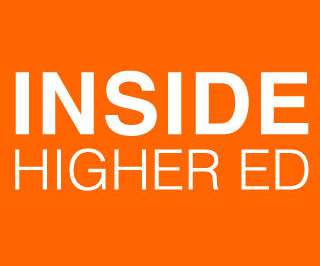

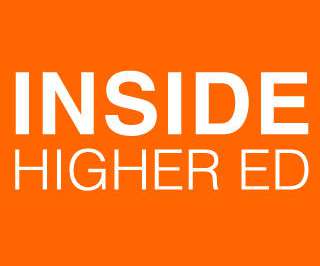






Let's personalize your content